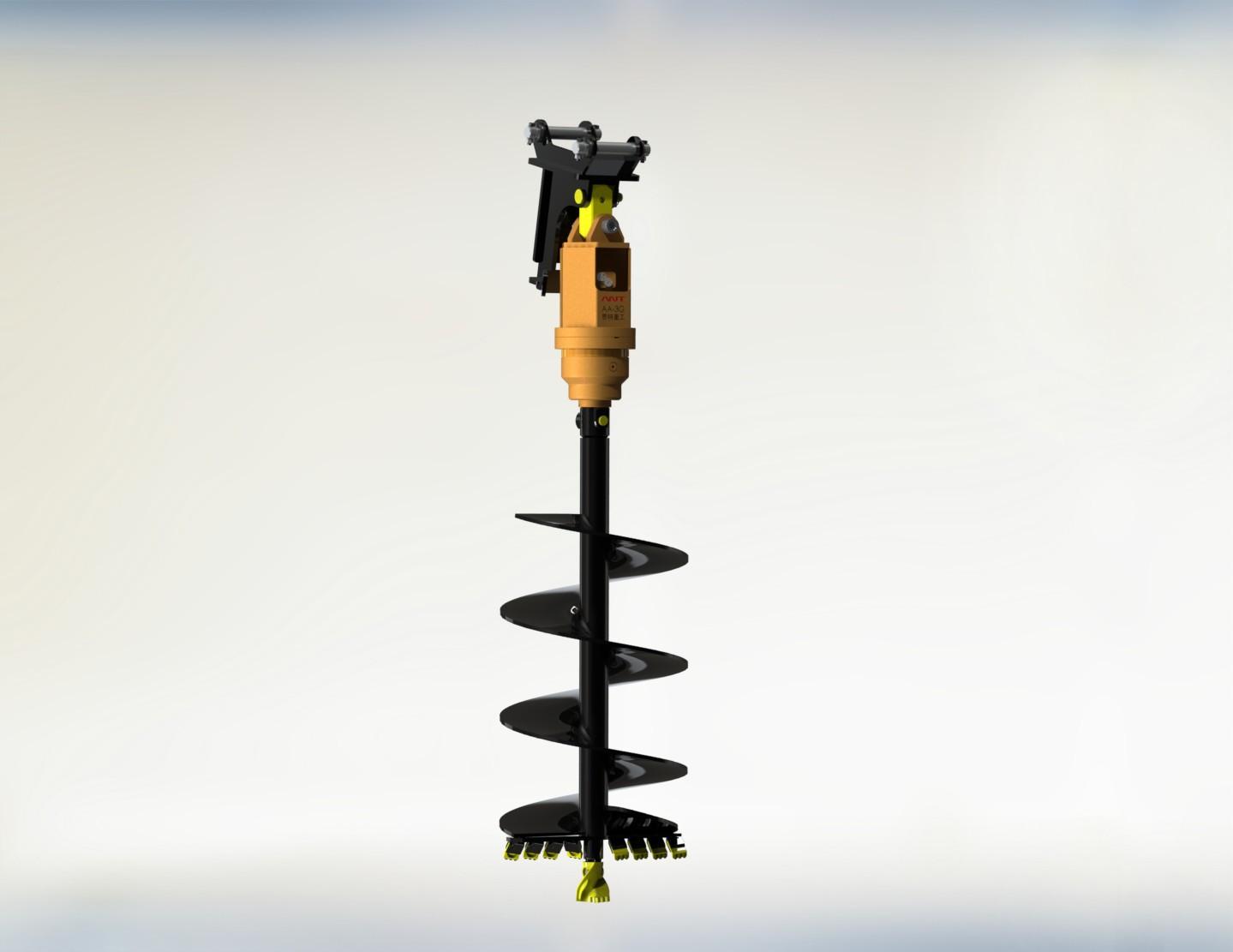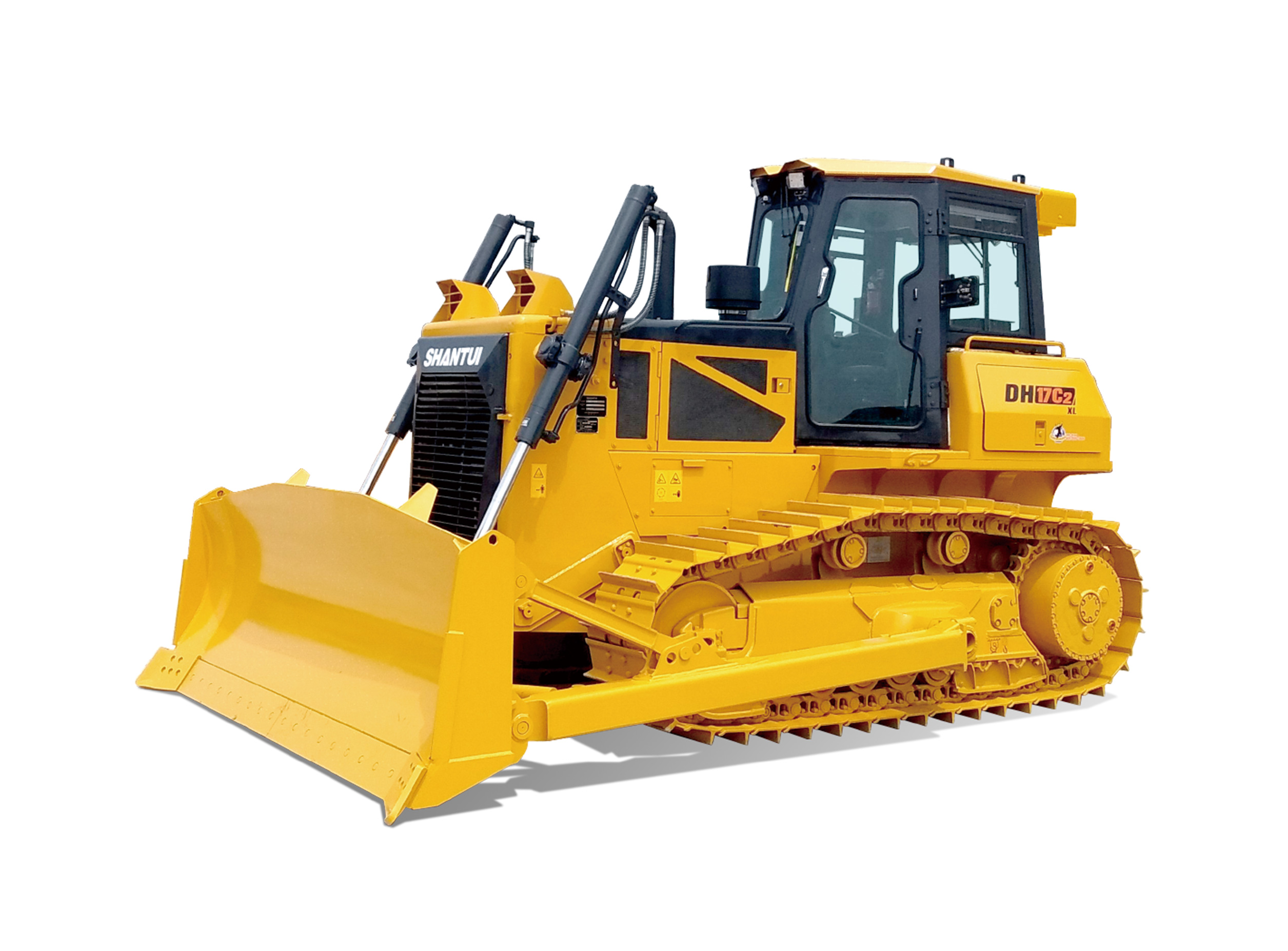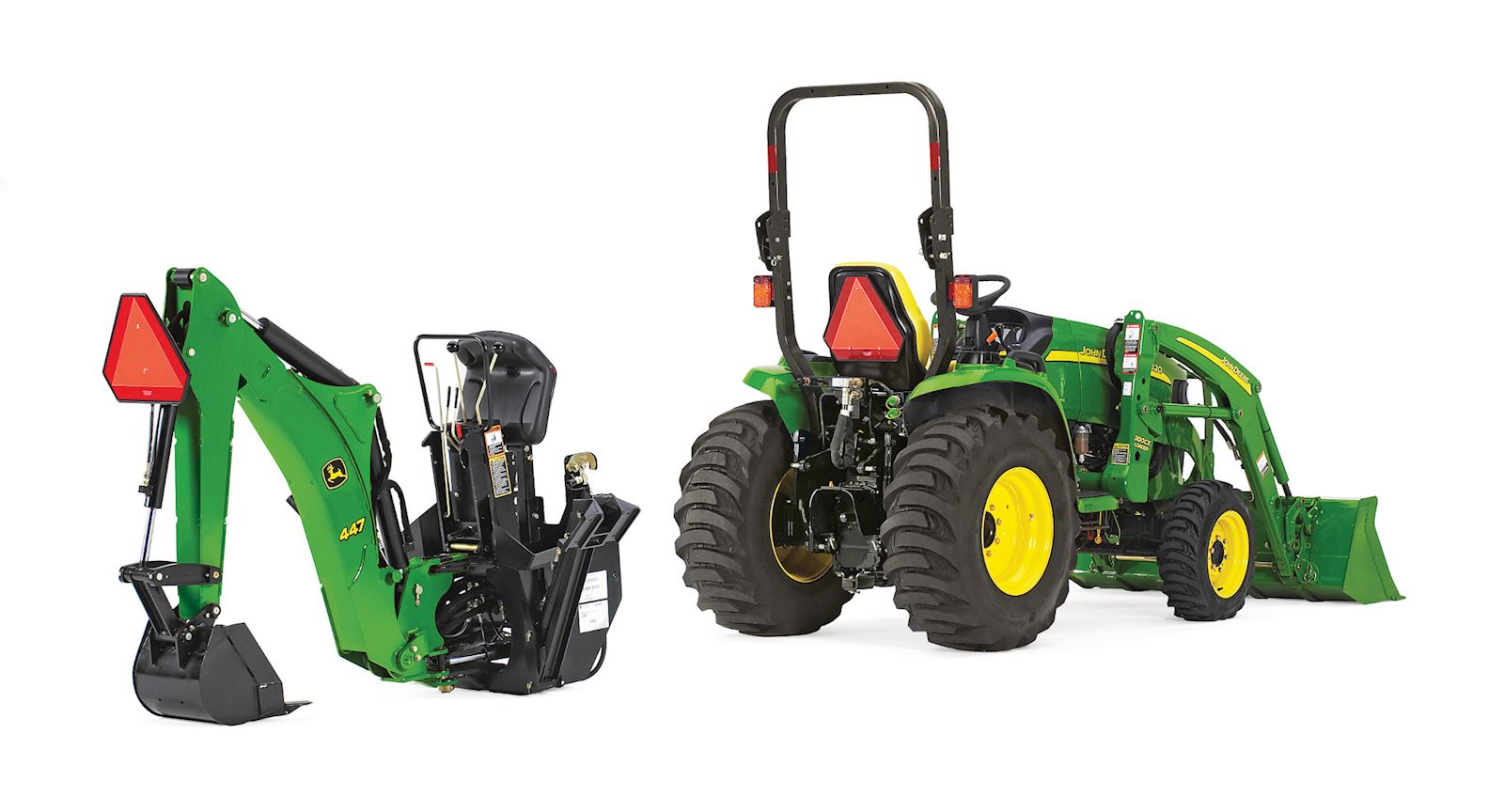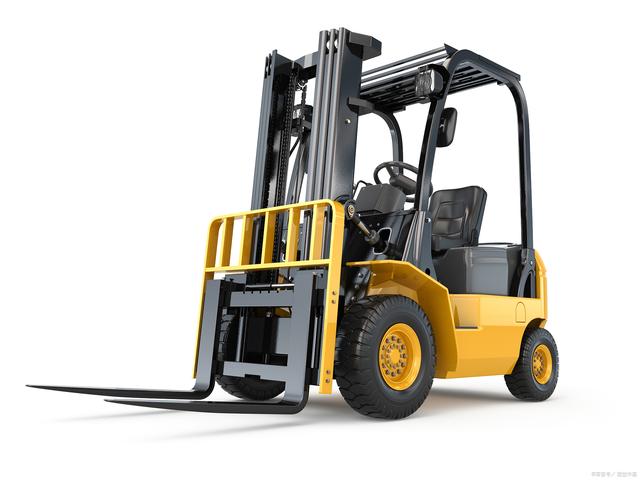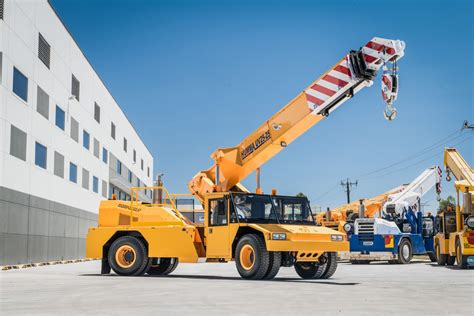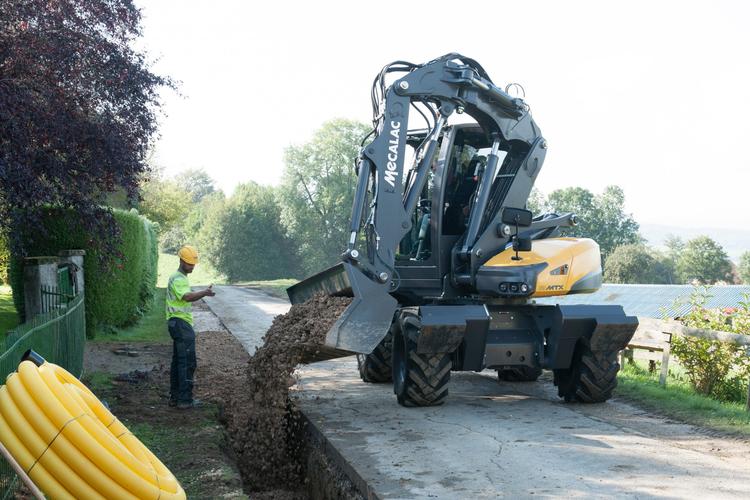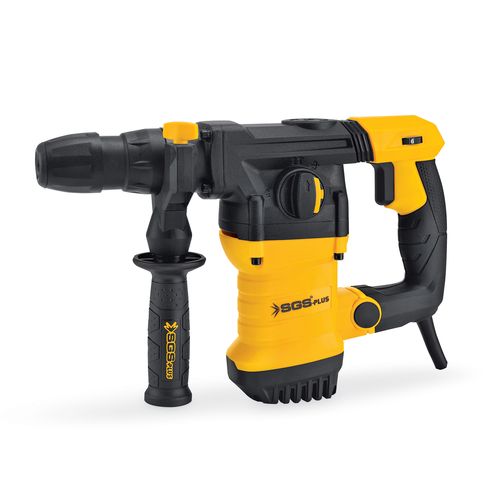how to rebuild a hydraulic cylinder on a tractor
Release time:2023-08-21 10:11:28
Page View:
author:Yuxuan
Hydraulic cylinders on tractors play an essential role in supporting the heavy loads and providing the necessary power and control in various agricultural operations. However, with frequent use comes natural wear and tear, leading to eventual damage or malfunctioning of the cylinder. In such cases, rebuilding the hydraulic cylinder becomes imperative. This article outlines the steps and procedures involved in rebuilding a hydraulic cylinder on a tractor.
Step 1: Identify the Problem
The first step towards rebuilding a hydraulic cylinder is identifying the problem at hand. Whether it is a leak, a broken piston, or a damaged rod, a thorough examination of the cylinder can help pinpoint the fault. Afterward, the accumulator and the hoses connected to the cylinder should be removed, and the oil drained from the cylinder. The next step is to separate the rod from the piston by loosening the bolt that secures the rod to the piston. Step 2: Purchase Cylinder Seal Kit and Tools
Once the problem has been identified, it is necessary to purchase a cylinder seal kit that matches the specific hydraulic cylinder on the tractor. In addition, a few tools are required, including a wrench, a pair of pliers, an adjustable spanner, a cylinder hone, and a cylinder micrometer. Step 3: Disassemble the Cylinder
Next, disassemble the cylinder by removing the gland and seal from one end. The piston can then be pulled out from the other end, and the seals removed. Depending on the problem, it may be necessary to remove the rod by heating the gland and allowing the rod to slide out. Afterward, inspect the rod for any damage, including scratches, dents, or cracks. If any damage is present, consider replacing the rod altogether. Step 4: Clean and Inspect Parts
After disassembling the cylinder, it is necessary to clean and inspect each part thoroughly. Any debris, gunk, or corrosion should be removed using a cylinder hone or sandpaper. In addition, the internal surfaces of the cylinder should be examined to ensure they are free of any defects that could worsen over time. Step 5: Reassemble the Cylinder
The final step involves reassembling the cylinder. Firstly, replace the seals, gland, and piston, ensuring the seals are lubricated. Then, attach the rod back to the piston and bolt it in place. Next, test the movement of the piston by reversing the piston and rod and pushing and pulling it inside the cylinder. Finally, refill the hydraulic oil and reattach the accumulator and hoses. Conclusion
Rebuilding the hydraulic cylinder on a tractor may seem daunting at first, but by following the steps outlined in this article, the process becomes much more manageable. Not only does rebuilding the cylinder save money, but it also ensures that the tractor can continue to operate effectively and efficiently. Therefore, it is essential to inspect and maintain hydraulic cylinders regularly, ultimately leading to a more stable and reliable farming operation.

